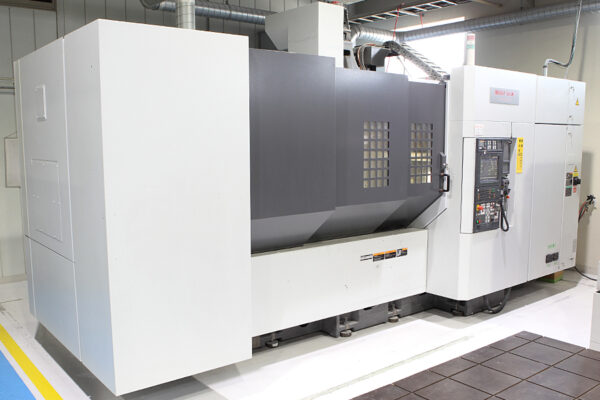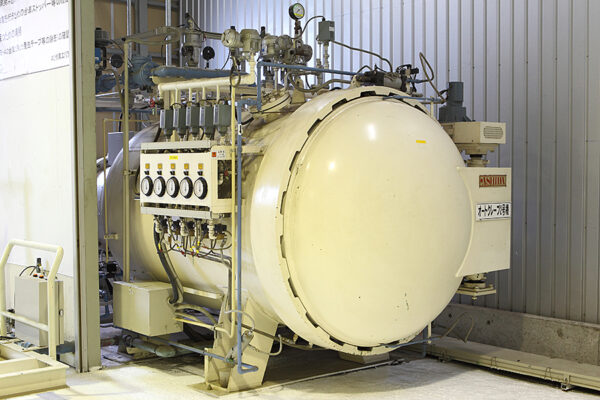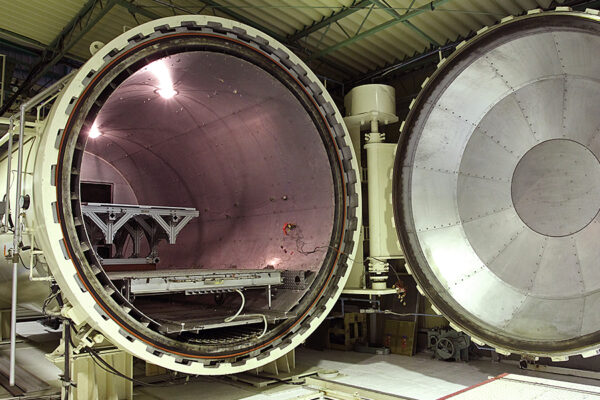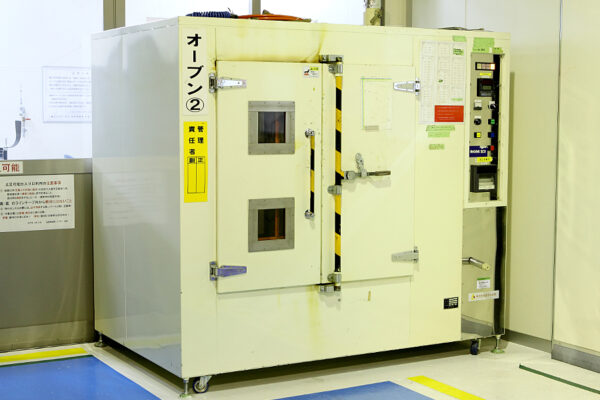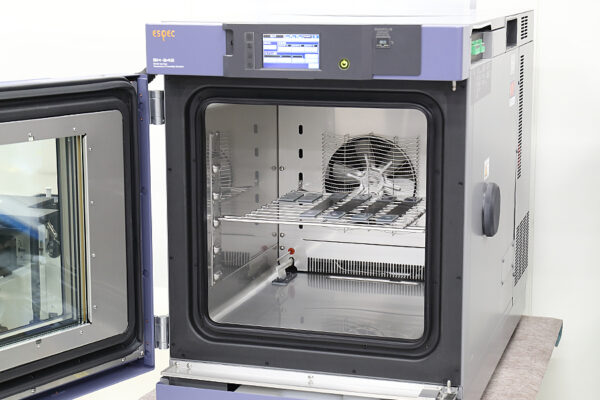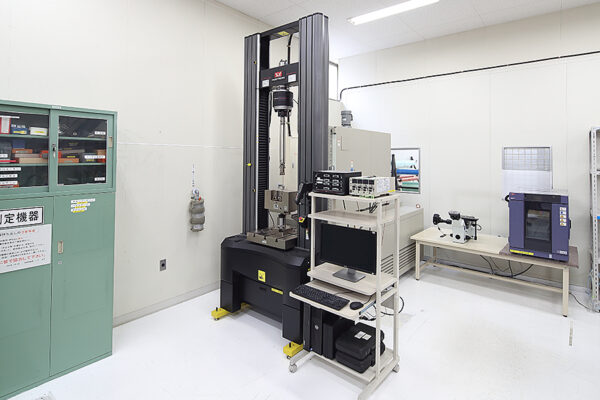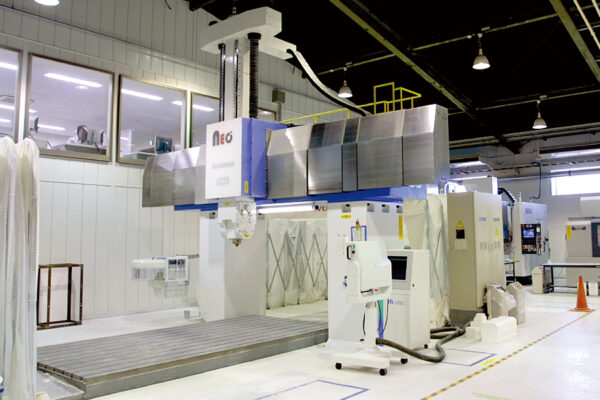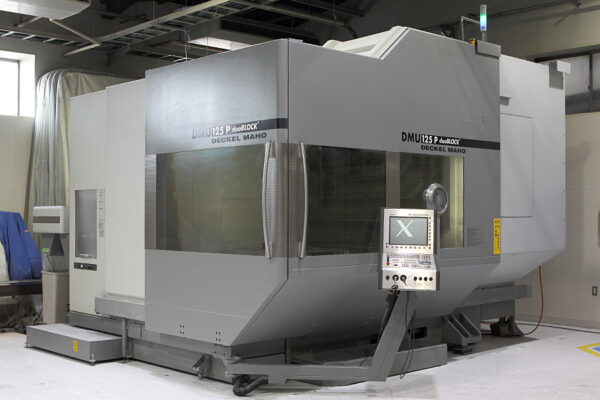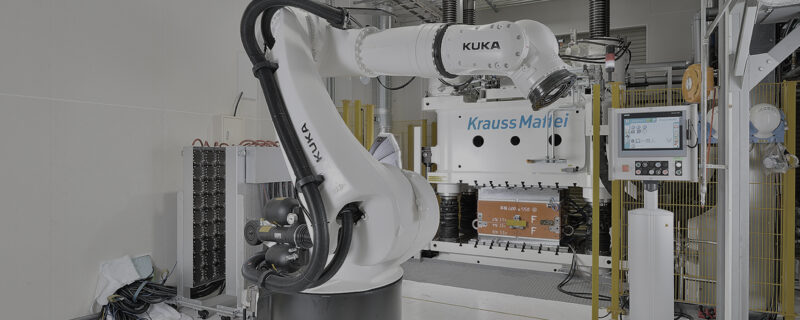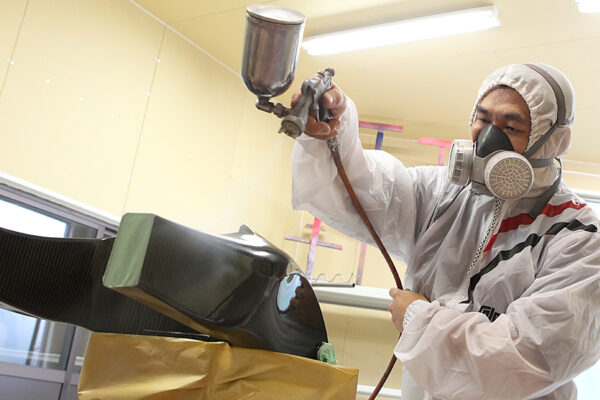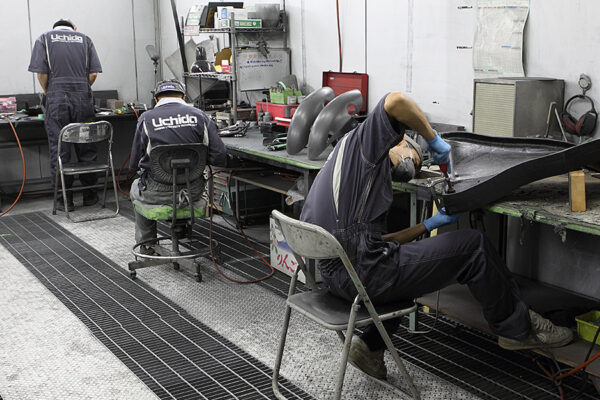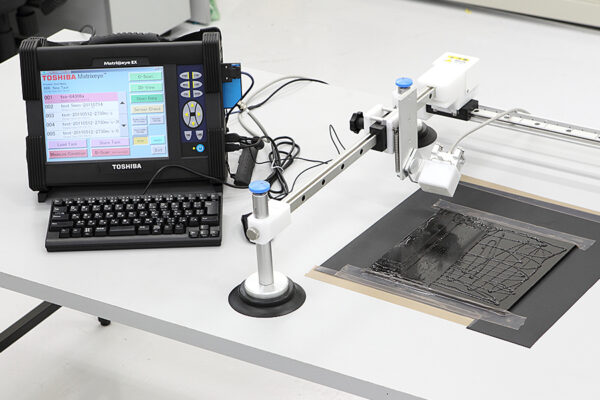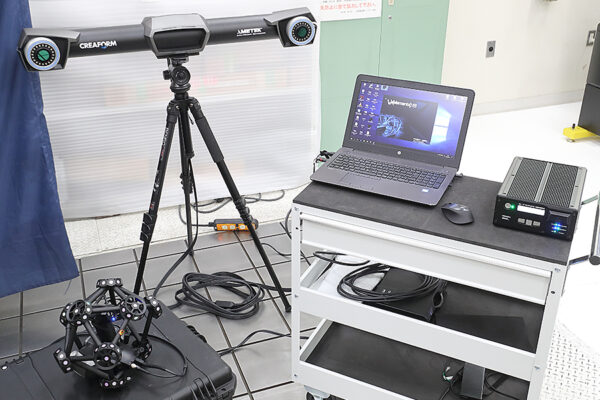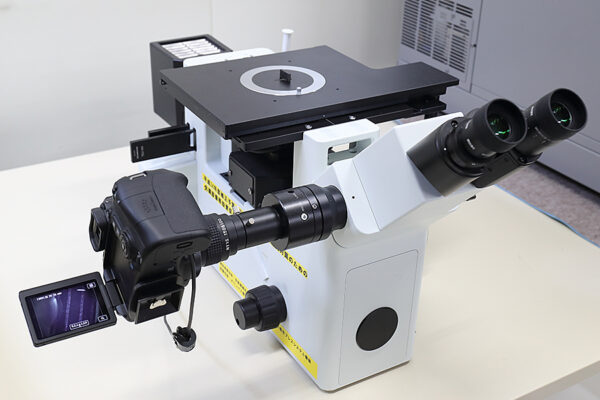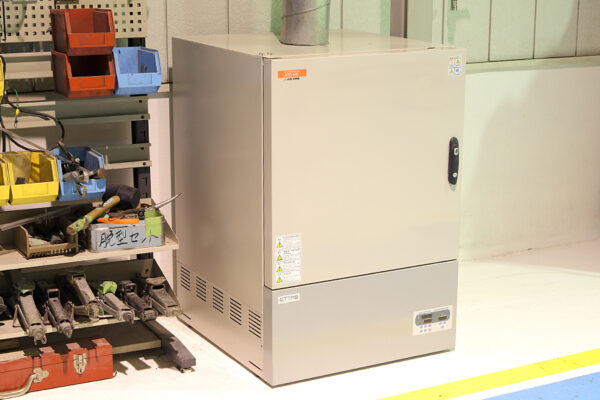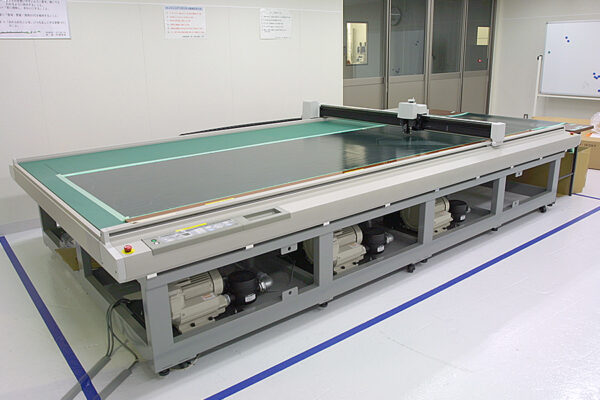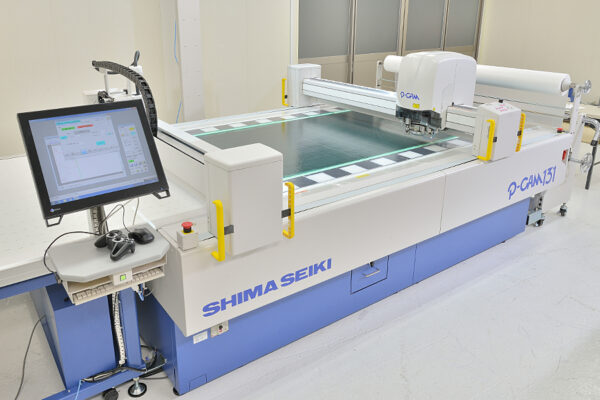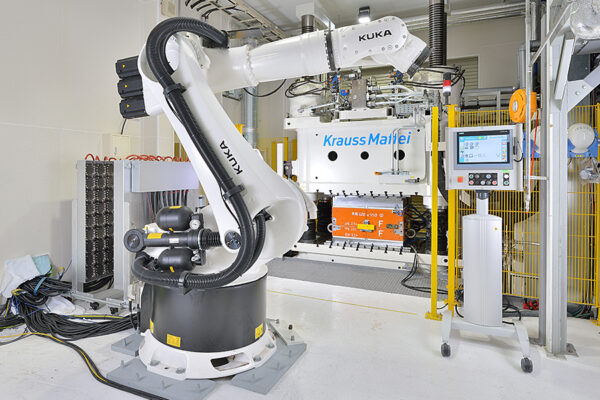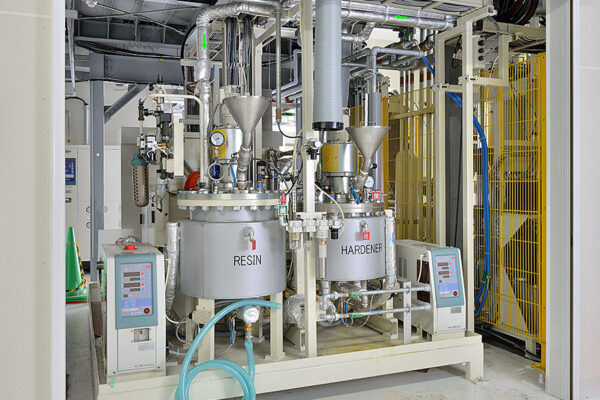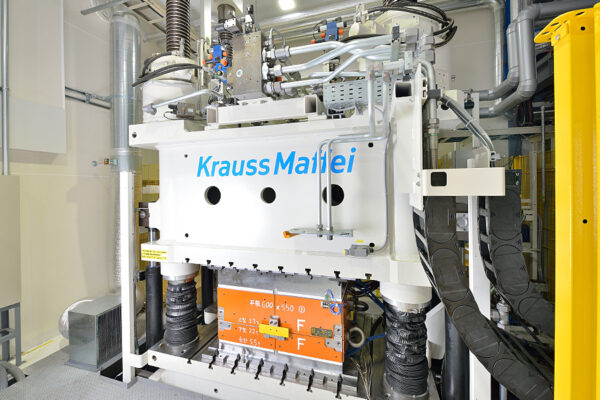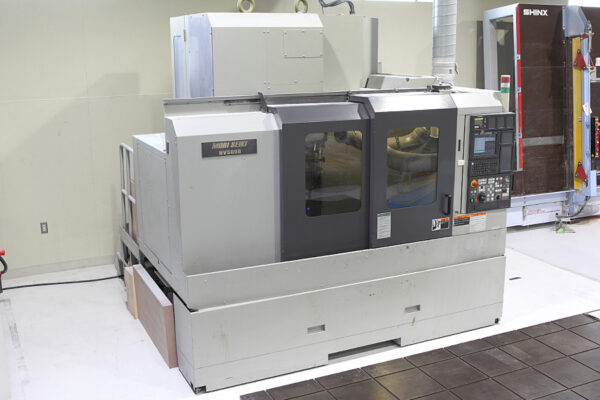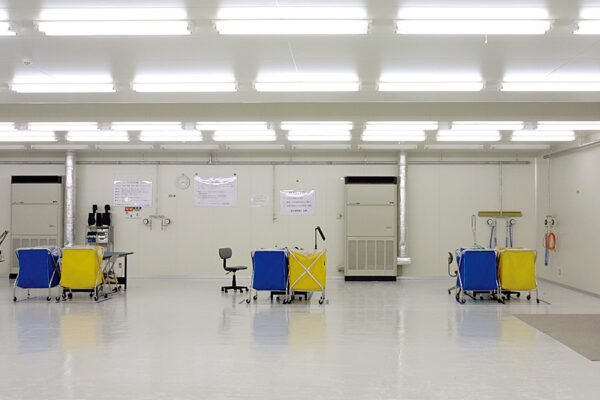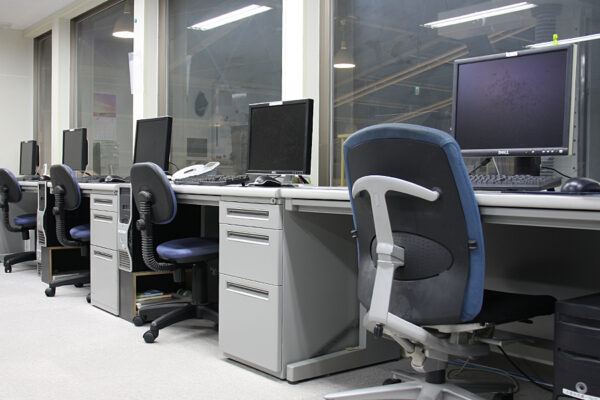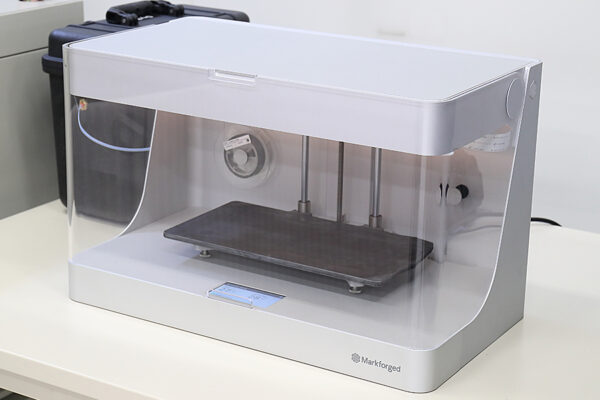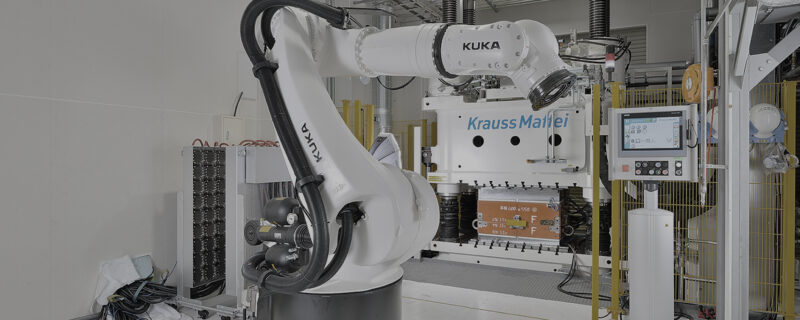Introduction
FRP flat plate (Fiber Reinforced Plastic flat plate) refers to a plate material made of fiber reinforced plastic (FRP) molded into a flat shape. It is used in various fields because of its light weight, high strength, and durability. This column describes in detail the features and applications of FRP flat plates.
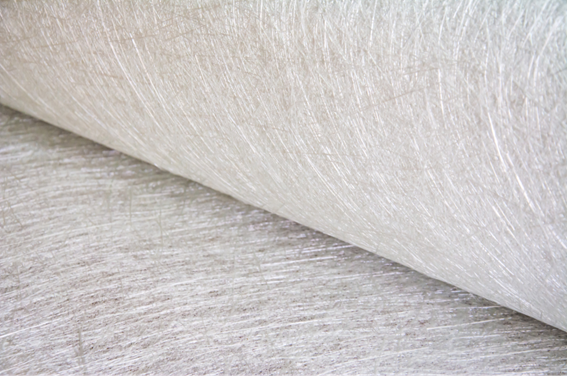
Characteristics of FRP Flat Plates
FRP flat plates are made by combining reinforcing fibers such as glass fiber reinforced plastic (GFRP) and carbon fiber reinforced plastic (CFRP) with resin. Its characteristics offer the following advantages.
– Lightweight and high strength: Lighter and easier to handle than metal materials of equivalent strength
– Corrosion and chemical resistance: Rustproof and resistant to chemicals
– Electrical insulation: Non-conductive and can be used in electrical equipment – Weather and water resistance: Resistant to deterioration even outdoors or in high-humidity environments
– High degree of freedom in processing: Easy to cut, drill, and mold, allowing for greater design freedom
Major Applications of FRP Flat Plates
FRP flat plates are used in a variety of fields, taking advantage of their unique characteristics.
Architectural and Civil Engineering Fields
In architectural and civil engineering fields, FRP is used as a lightweight and durable building material.
– Application examples:
o Roofing materials and exterior wall panels
o Stair and footbridge treads
o Waterproofing and anticorrosion linings
Industrial Equipment and Facilities
FRP’s chemical resistance and insulation properties are utilized in factory and plant equipment.
– Application examples:
o Corrosion resistant panels for chemical plants
o Insulation boards for electrical equipment
o Work tables and cover materials
Automotive, Railway and Aviation
Due to its lightweight and high strength characteristics, FRP is also used as a component of transportation equipment.
– Examples of applications:
o Interior materials for railcars and buses
o Interior panels for aircraft
o Reinforcing materials for automobiles
Sports and Leisure
Due to its durability and water resistance, it is also used for leisure goods and sports equipment.
– Examples of applications:
o Hull panels for boats and canoes
o Protective panels for sports facilities
o Exterior materials for campers
Challenges and future prospects of FRP flat panels
FRP flat panels have many advantages, but there are also several challenges.
– High cost: Higher price than metal and general resin sheets
– Recycling challenges: FRP recycling technology is still in its infancy
– Beware of thermal deformation: FRP may deform in high temperature environments, so selection should be based on application
Future In the future, as recycling technology improves and costs are reduced, FRP is expected to be used in a wider range of fields.
Conclusion
FRP flat plate is a material with excellent properties such as light weight, high strength, durability, and corrosion resistance. It is used in diverse fields, including construction and civil engineering, industrial equipment, transportation equipment, and sports and leisure, and is expected to become even more widely used through future technological innovation.

Related useful contents
You can explore related content by clicking on a topic of interest.
ABOUT UCHIDA - 55 years since our founding
We leverage a wealth of technical expertise as a CFRP molding and processing manufacturer using FRP, GFRP, and CFRP materials. We offer a one-stop solution, encompassing design, analysis, manufacturing, secondary processing, assembly, painting, quality assurance, and testing.
UCHIDA's equipment
We have cutting-edge equipment to ensure that we can address even the most advanced challenges of our customers.
Video Library
In the following video, we provide a detailed overview of our manufacturing process. Please feel free to watch and learn more.


